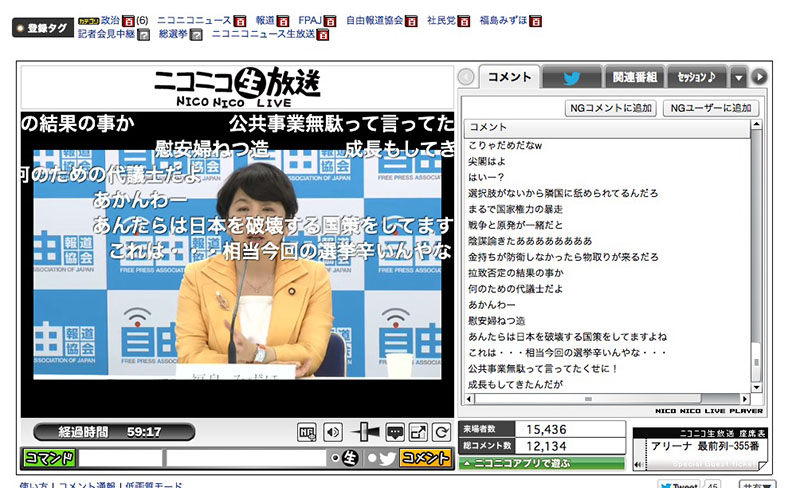Barry Dornfeld’s 1998 book Producing Public Television, Producing Public Culture was a formative one that knocked me from media studies to media anthropology (and made me realize that my “revolutionary” new idea for fieldwork had been scooped). For my first post on the CASTAC Blog as an Associate Editor, I want to return to my intellectual roots to interview Dornfeld, and discuss his transition from NYU assistant professor and University of Pennsylvania Communication program director to ethnography evangelist in the business world.
Producing Public Television saw Dornfeld conducting full-fledged participant observation amidst the producers at PBS while they assembled a transnational documentary called Childhood. This book has influenced both my dissertation and my fieldwork among television producers, particularly for its treatment of expertise. Dornfeld, for example, addresses the degree to which producers consider themselves proxies for their audiences, vehicles for a kind of mass-mediated paternalism, or feel shackled by a necessity to communicate reductively. But in learning about his professional trajectory, I found myself curious about his unconventional movement(s) between academia and industry. And as our potential for engagement with the business (or at least non-academic) world is on the minds of some in the CASTAC community, I thought I’d talk to Dornfeld about his work on media production, the use of ethnography in the business world, and his most recent book on how ethnography can help organizations adjust during periods of intense change. Below, he graciously answers my questions.
Elizabeth Rodwell: First, how aware are you of the legacy your book “Producing Public Television” has had in anthropology and media studies? What has been the legacy of that publication in your professional life?
Barry Dornfeld: I am aware that some folks still use and refer to the book, which I am pleased to be reminded of after all these years. Not being in academia any more limits my exposure a bit, but I do hear periodically from people who are studying media production and find the book useful. And I have some old colleagues who still assign the book. I think the perspective and method hold up well, even if the world of media and media theory have evolved.
ER: Do you think television corporations have become more sophisticated in their understanding of audiences than they were when you conducted your doctoral fieldwork? (read more...)



